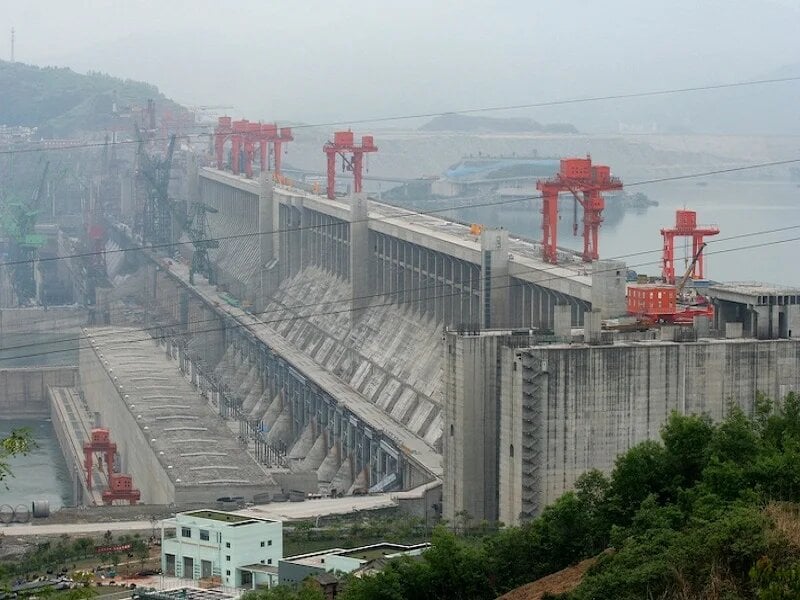Hydropower
THE LARGEST HYDROELECTRIC STATION IN THE WORLD.
Irene Jerry

The Three Gorges Dam, the world's largest hydroelectric plant, generates vast amounts of clean electricity. Completed in 2008, it is located on the Yangtze River and boasts a capacity three times that of the Grand Coulee Dam. At full capacity, the reservoir holds 42 billion tons of water. Despite its engineering marvel, the dam has significant environmental consequences, including a slight slowing of the Earth's rotation and changes in the length of the day.
According to the Washington-based Specialized Energy Platform, the Three Gorges Dam's massive scale, with its 42 billion-ton water capacity, causes a significant shift in the Earth's mass. The dam stands 185 meters high and 2,309 meters wide, located 44 kilometers from Zhang City in central China's Hubei Province. It forms a 630-kilometer reservoir averaging 1.3 kilometers in width, contributing more sustainable electricity than many other major hydroelectric dams.
Named after the narrow valleys of Qutang, Xilingxia, and Xiangxi through which the Yangtze River flows, the Three Gorges Dam began construction in 1992 and was completed in 2008. By 2012, it became the world's largest hydroelectric plant with a generation capacity of 22,500 megawatts from 32 main turbines. This capacity is significantly higher than that of the Grand Coulee Dam and Brazil's Itaipú Dam, producing 80 to 85 terawatt-hours per year, which is about 4% of China's total electricity generation.
Despite its benefits, the Three Gorges Dam has caused serious environmental repercussions. When the reservoir was filled, it submerged 632 square kilometers of land, including agricultural areas, villages, and cities. Long-term impacts include disrupting the river's silt flow, leading to rapid silt buildup in the reservoir, upstream imbalances, and nutrient deprivation for downstream farmland and fish. These issues affect millions of farmers and fishermen, highlighting the dam's potential for catastrophic environmental consequences.
